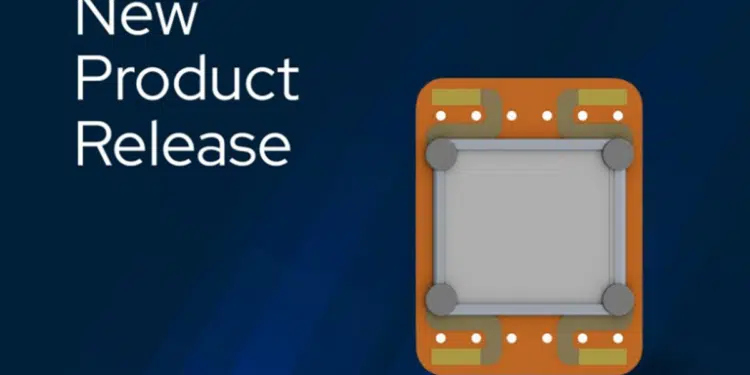Thin-film actuators add haptic skin to any product surface to create localized, independent sensations at any frequency creating a wide range of tactile effects.
KEMET, part of the Yageo Group and leading global electronic components supplier, announces its innovative haptic solution: the piezoelectric polymer film haptic actuator. When embedded directly into a product’s surface, the actuator acts as haptic skin that provides localized bodily sensations and tactile effects unavailable with other haptic solutions currently in the market. KEMET film actuators enable design engineers to implement advanced haptic solutions with high-performance actuators in a broad spectrum of applications that include remote controls, smart buttons, medical devices, AR/VR, and anything in contact with hands, fingers, head, and lips.
While piezoelectric haptic solutions are found in many applications, they are often large and heavy, thus shaking the entire device. KEMET’s thin (150 µm), flexible and conformable haptic actuators are made from a proprietary, patent-protected paper-thin material, an electro-active polymer film, that enables piezoelectric effects to mimic the sense of touch. Unlike eccentric rotating mass (ERM) technology, which is often used in devices for haptic sensations, KEMET haptic actuators do not shake the entire device. KEMET’s lightweight piezoelectric polymer film actuators offer superior performance with a combination of displacement and force, as well as response time, thus offering high-definition haptic feedback.
These haptic actuators can convey specific material textures and familiar feelings, like the clicks and clacks of buttons, raindrops, and so much more through localized sensations on consumer devices’ surface. The wide bandwidth of the devices coupled with some physiology of touch and sensation allows for a richer user experience for many consumer devices, including gaming controllers, virtual reality (VR) haptic gloves, and devices with touch user interfaces. These haptic actuators offer an in-depth interaction with our consumer devices by using the sense of touch to increase immersion and user satisfaction.
According to a Cambridge, UK-based consultancy firm IDTechEx Research report, the market for haptics technology is growing exponentially and is set to be worth almost $5 billion in 2025. Its increasing use in smartphones will drive growth. Still, the technology is beginning to appear in other industry sectors and products where newer, more advanced haptics are making significant improvements in performance and versatility.
KEMET haptic actuators are available upon request via KEMET distributors. To learn more about their capabilities and applications, visit https://ec.kemet.com/sensors/.
Source: “Haptics 2020-2030: Technologies, Markets and Players,” James Hayward, IDTechEx Research


































